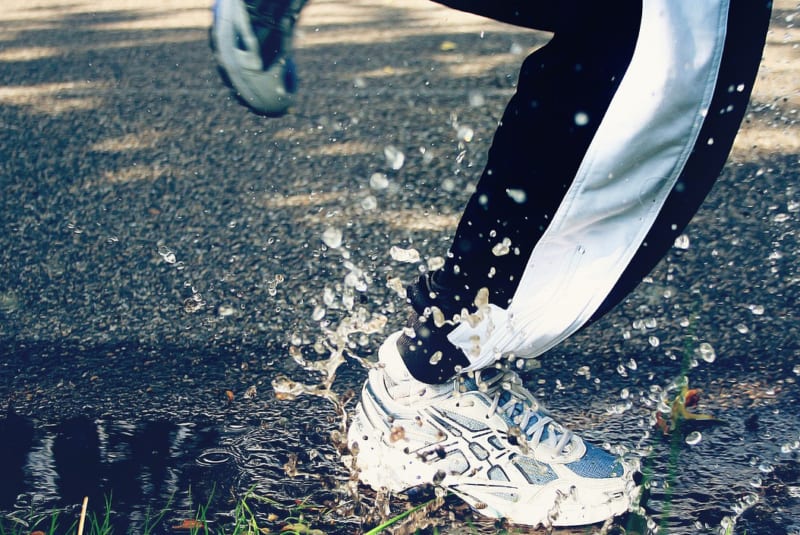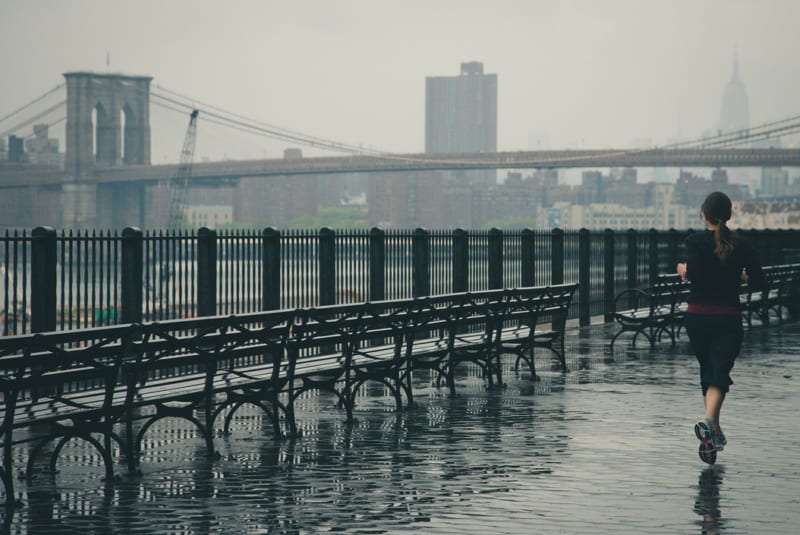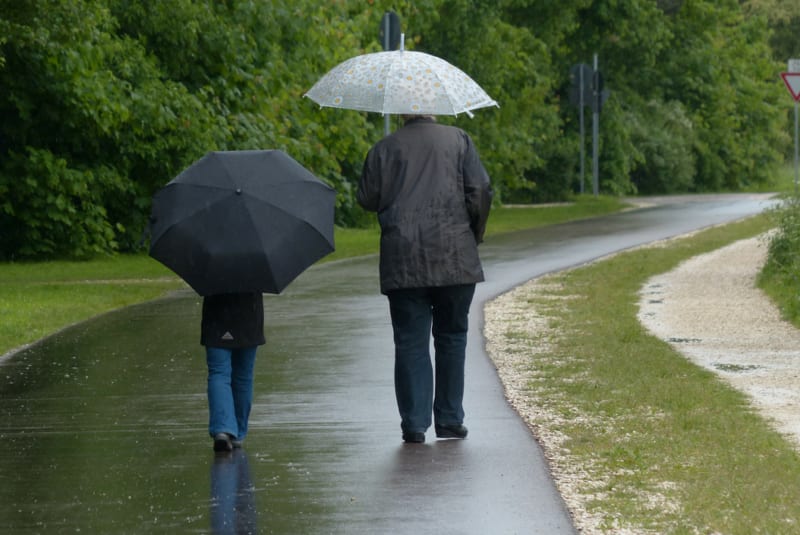We’re in the depth of a wet and cold British winter. The temperatures are dropping to near freezing and we are set for cold and wet (and possibly some snow) for at least another few months. We see hundreds of patients every week and one of the common questions we hear at this time of year is ‘why does the cold weather make my pain worse?’.
Many patients feel that the cold weather makes their joint and muscle pain worse, particularly knees, hips and lower back. Many patients strongly believe that their pain is significantly worse during the autumn and winter months than during the warmer summer months.
In this blog we will look at some of the science and the evidence to try and explain this phenomenon and give you some tips on how to deal with it.

The body has very efficient insulation. Our skin and subcutaneous fat layer protects the tissues and organs of the body from changes in temperature. The insulation is so effective that the inner core temperature of our bodies only varies a very small amount even with quite extreme external temperatures. This is to protect the body’s cells, which can only function and survive within a relatively narrow temperature range.
Does the cold weather cause damage my muscles and joints?
The temperature in our extremities (arms and legs) may vary more than our core. However the depth of joints such as the knee and hip along with the warmth created from muscle activity means that these joints rarely suffer from injury directly from the cold. Almost all cases of direct tissue injury from extreme cold is to the toes and fingers (and nose) which can all get dangerously cold in extreme weather without the right protective clothing. The temperature inside our muscles and joints varies far less even in extreme cold weather and is unlikely to be the direct source of our pain.
Studies that have monitored the temperature changes in the bodies tissue just a centimetre below the surface of the skin show only minimal (less than 4c) changes of temperature after ice has been held on the surface of the skin for prolonged periods (Malanga 2015)
Does the cold temperature cause pain?
Further to this discussion, if the outside cold temperature is the direct cause of pain, we would expect to see greater levels of reported musculoskeletal pain in colder countries and less in countries with warmer climate. Studies into global prevalence of pain show Australia, America, Spain and Mexico coming highest in overall levels of pain reporting whilst countries with a cooler climate such as Norway, Finland, Poland and the UK showing significantly lower levels of reported pains overall (GSK Global Pain Index 2017 Global Research Report).
So, what is it about colder weather that might make our pains worse?
A number of hypothesis have been put forward.

Cold weather makes people less active
We know that during the summer months people generally become far more active. Lighter evenings and lighter mornings mean that people are much more likely to go out and exercise. We spend much more time outside and therefore everyone’s activity level tends to be greater. We know that exercise can be very good for joint pain and this may be a significant contributing factor to people’s perception of their symptoms being better in the summer and worse in the winter.
Mood
We know that the weather and the levels of daylight can have a significant impact on our mood. In most extreme cases, people can suffer seasonal affective disorder (SAD) which means that they suffer from depression during the winter months. However, even without this, many people feel happier and more optimistic during the summer and they feel generally sadder and less optimistic during the winter months. We know that mood can have a significant impact on pain, and therefore this could be another contributing factor to people’s symptoms.

Extreme weather, such as wet and snow
If our joints are painful then we can be much more susceptible to pain caused by small slips and skids as we walk along the pavement. Wet weather and snow can obviously make walking outside more treacherous, both on the hard ground and on softer ground in parks. Again, this could be a possible contributing factor.
So, what steps can we make to help?
- Stay active during the winter months and keeping your spirits high and feeling positive.
- Consider indoor activities such as dancing, sports clubs, indoor tennis, indoor cricket and indoor football, swimming, or simply going to the gym or a Pilates class.
- Wrap up dry and warm. Advances in fabric technologies mean that nowadays many sports can be performed all year round, e.g. running and cycling, without fear of getting cold or wet.
- Plan ahead. It’s often easy to opt for staying in the warm when it’s dark, wet and cold outside, so make sure you fill your calendar with lots of activities, indoor or outdoor, to keep you active. Arranging to exercise with friends makes you more likely to stick to your plans. Why not even treat yourself to an active winter break or spa weekend to reward yourself?
By keeping fit and active you are far less likely to have a slip or a trip, keeping you healthy and also reducing your risk of injury through the winter months.
In summary
Try to use our top-tips above to stay active this winter. If you are feeling musculoskeletal pains you might benefit from seeing a physiotherapist. We recommend that if you have a pain which has been present for more than a week or if it’s directly related to activity (such as running, cycling or swimming) then if the pain occurs more than 2-3 times when performing that activity it may be advisable to get yourself assessed by a physiotherapist. They will be able to direct you on treatment and management that will keep you active all the way through until the summer!
If you have any other questions and would like to speak to us directly about an injury or condition, call us today on 020 74823875. Or, pop over to our contact page, where you can leave a question.
References
Don’t let pain hold you back, book now!


